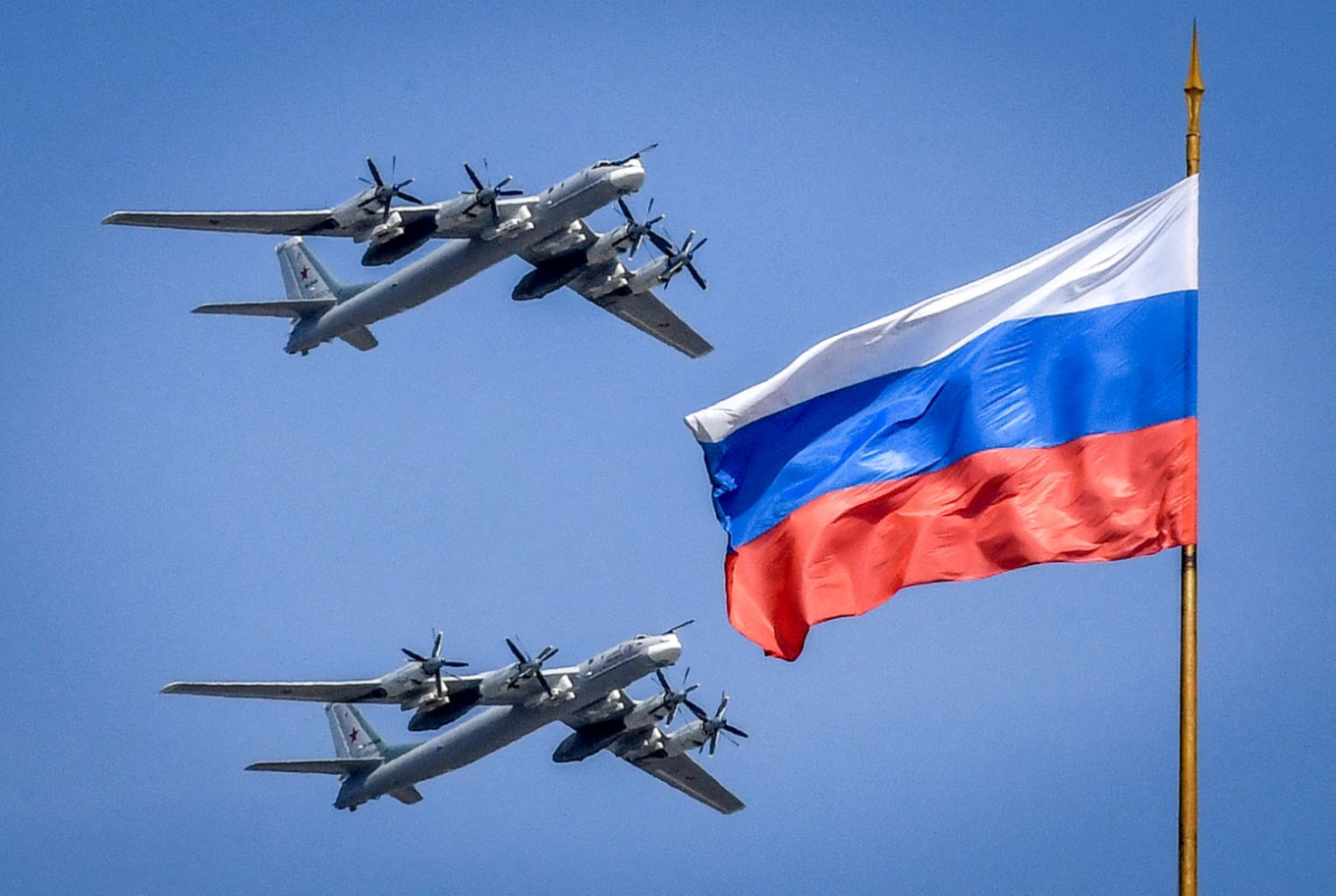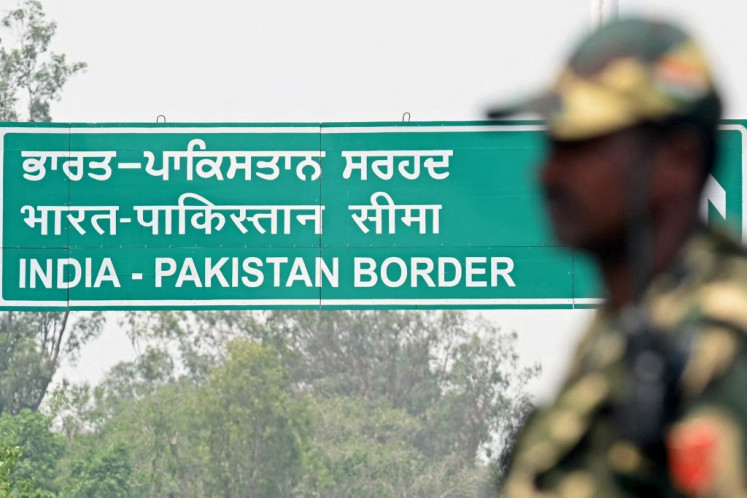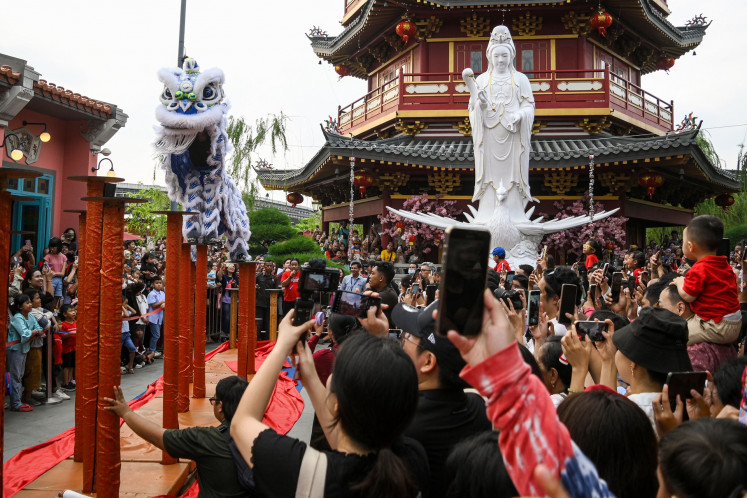China, Russia launch joint air patrol, alarming South Korea
Closer military ties built on shared mistrust of US, allies.
Change text size
Gift Premium Articles
to Anyone

C
hina and Russia conducted a joint air patrol on Tuesday over the Sea of Japan and East China Sea for a sixth time since 2019, prompting neighboring South Korea to scramble fighter jets.
China's defense ministry said the patrol was part of the two militaries' annual cooperation plan. South Korea scrambled fighter jets, according to its military, after four Russian and four Chinese military aircraft entered its air defense zone in the south and east of the Korean peninsula.
In China's last joint aerial patrol with Russia in November 2022, South Korea also scrambled fighter jets after Chinese H-6K bombers and Russian TU-95 bombers and SU-35 fighter jets entered its Air Defense Identification Zone (KADIZ).
Japan similarly scrambled jets when Chinese bombers and two Russian drones flew into the Sea of Japan.
An air defense zone is an area where countries demand that foreign aircraft take special steps to identify themselves. Unlike a country's airspace, the air above its territory and territorial waters, there are no international rules governing air defense zones.
The joint aerial patrols, which began before Russia sent its troops in Ukraine and Beijing and Moscow declared their "no-limits" partnership, are a result of long expanding bilateral ties built partly on a mutual sense of threat from the United States and other military alliances.
In their May 2022 patrols, Chinese and Russian warplanes neared Japan's airspace as Tokyo hosted a Quad summit with the leaders of the US, India and Australia, alarming Japan even though China said the flights were not directed at third parties.
'Thousands of miles'
China's increasing military assertiveness in the region has coincided with an increase in military maneuvers and drills by the US and its allies in the region.
Since last week, the coast guard of the US, Japan and the Philippines have held their first trilateral naval exercise in the South China Sea.
The White House said on Monday that recent encounters between US and Chinese forces in the Taiwan Strait and South China Sea reflect a growing aggressiveness by Beijing's military that raises the risk of an error in which "somebody gets hurt."
Over the weekend, a Chinese warship came within 137 meters of a US destroyer while the US and Canadian navies were conducting a joint exercise in the sensitive Taiwan Strait, prompting complaints about the safety of the maneuver.
Shortly before that, a video showed a Chinese fighter jet passing in front of a US plane's nose with the cockpit of the RC-135 shaking in the turbulence caused by the flight.
"US military ships and aircraft have traveled thousands of miles to provoke China at its doorstep," China's foreign ministry spokesperson Wang Wenbin said during a regular news conference on Tuesday.
"Insisting on conducting close reconnaissance and flexing its muscles near China's territorial waters and airspace is not safeguarding freedom of navigation, but promoting navigation hegemony and is a blatant military provocation," he said.
Multilateral naval exercise
On Monday, Indonesia launched a multilateral naval exercise in its waters, alongside navies from countries including the US, the United Kingdom, China, Japan, Russia and South Korea, amid simmering tensions in the Asia-Pacific region.
Indonesia's Navy said in a statement the routine Komodo drills were a "non-war" exercise that aims to "strengthen relationships between the navies" of 36 countries.
The drills come as China and the US ramp up military diplomacy in the region, staging more frequent war games with allies and partners around Taiwan and in the busy waterways of the South China Sea and the western Pacific.
The drills also follow a weekend incident in the Taiwan Strait in which the US Navy said a Chinese warship cut in front of a US destroyer in an "unsafe interaction."
Fifteen vessels, including from China and Russia, dropped anchor off Sulawesi Island on Monday as the Komodo drills began, the Indonesian Navy said.
The Chinese navy sent its destroyer Zhanjiang and frigate Xuchang, both equipped with guided missiles, to the exercise, Chinese state media CCTV reported on Monday.
This year's Komodo drills are the fourth such joint naval exercise Indonesia has hosted since the first one in 2014.









